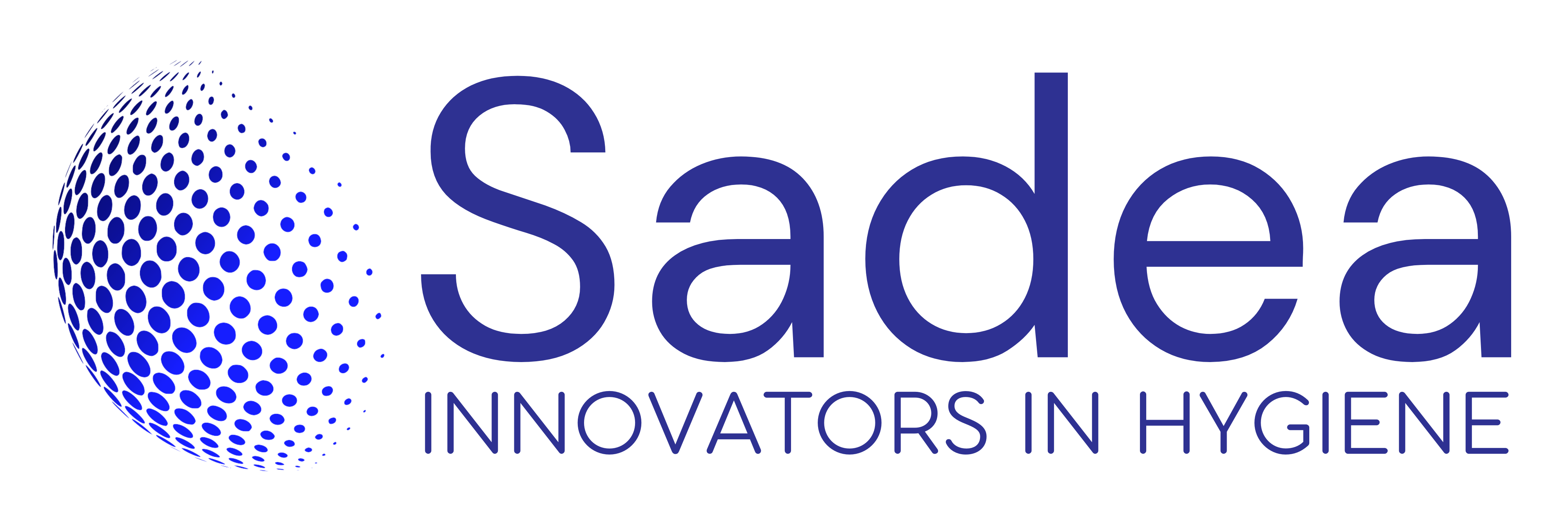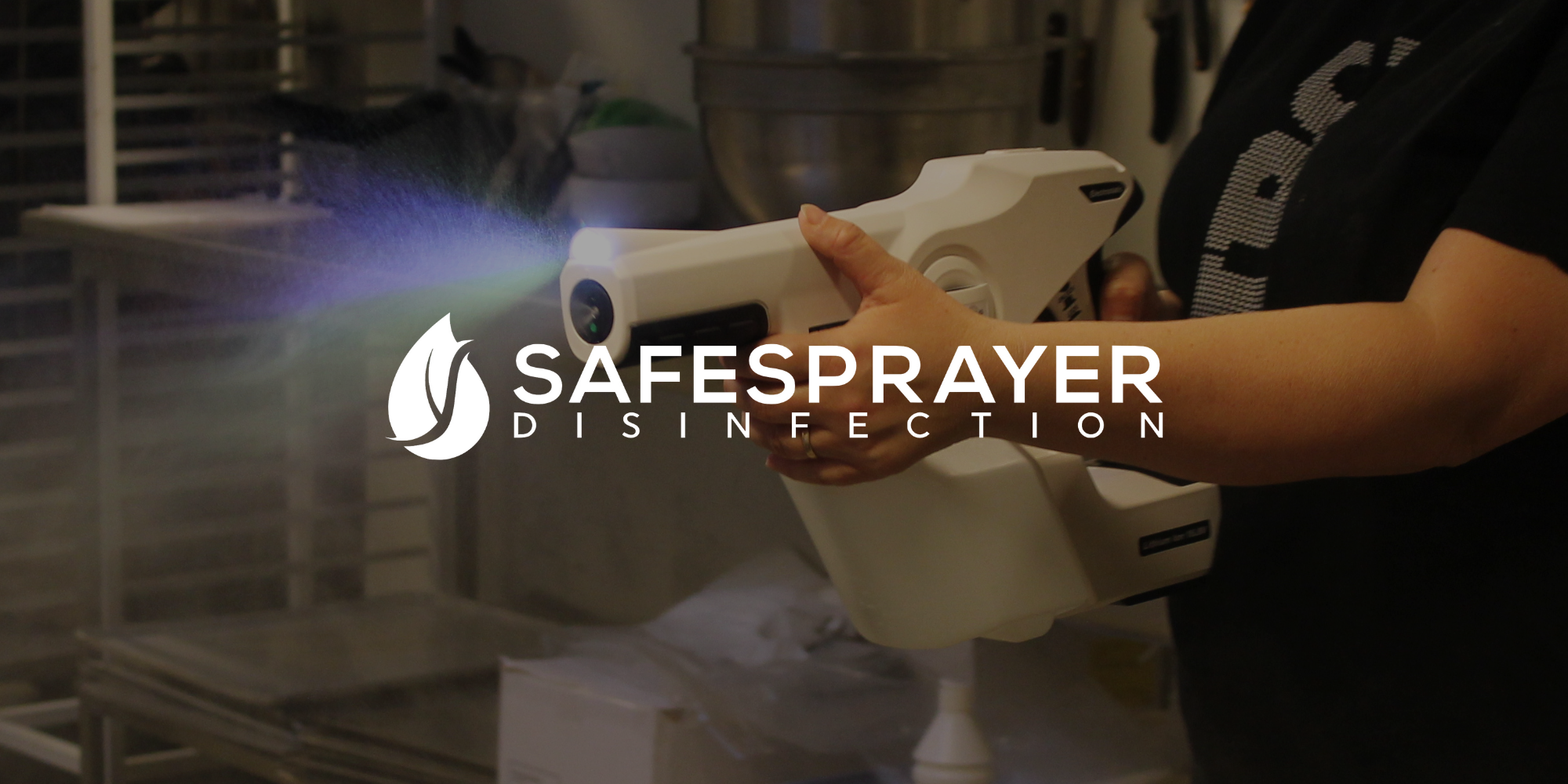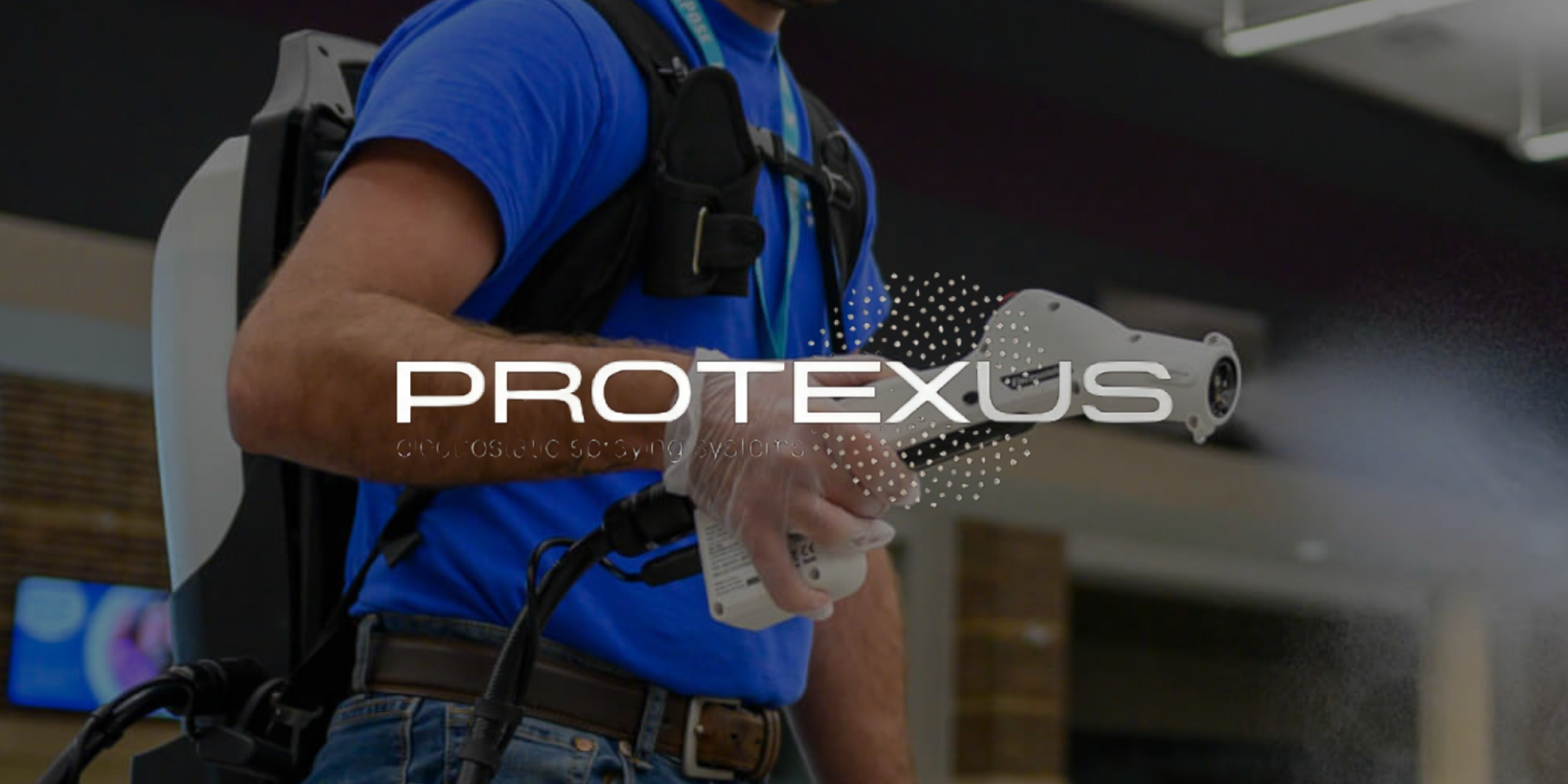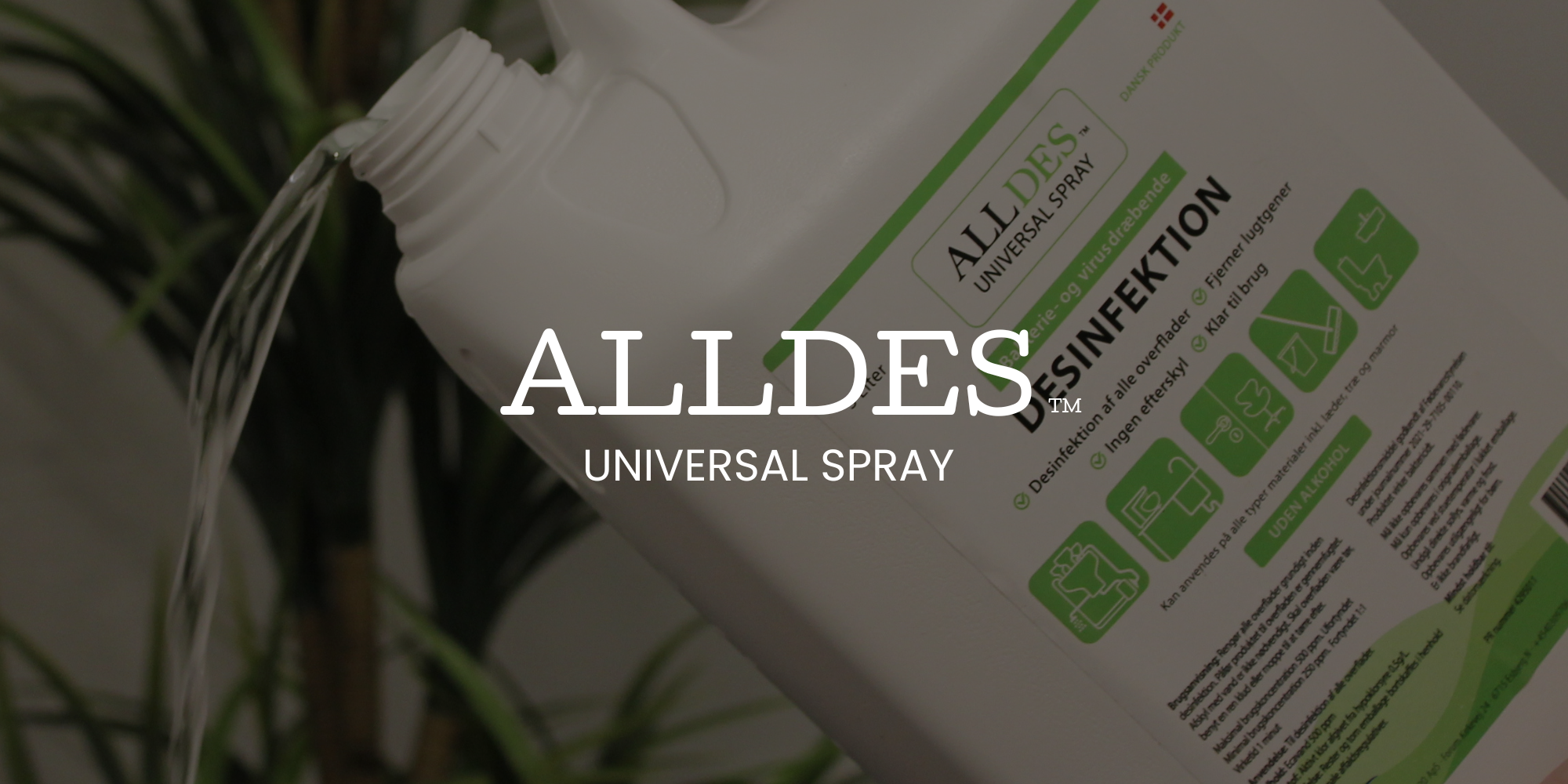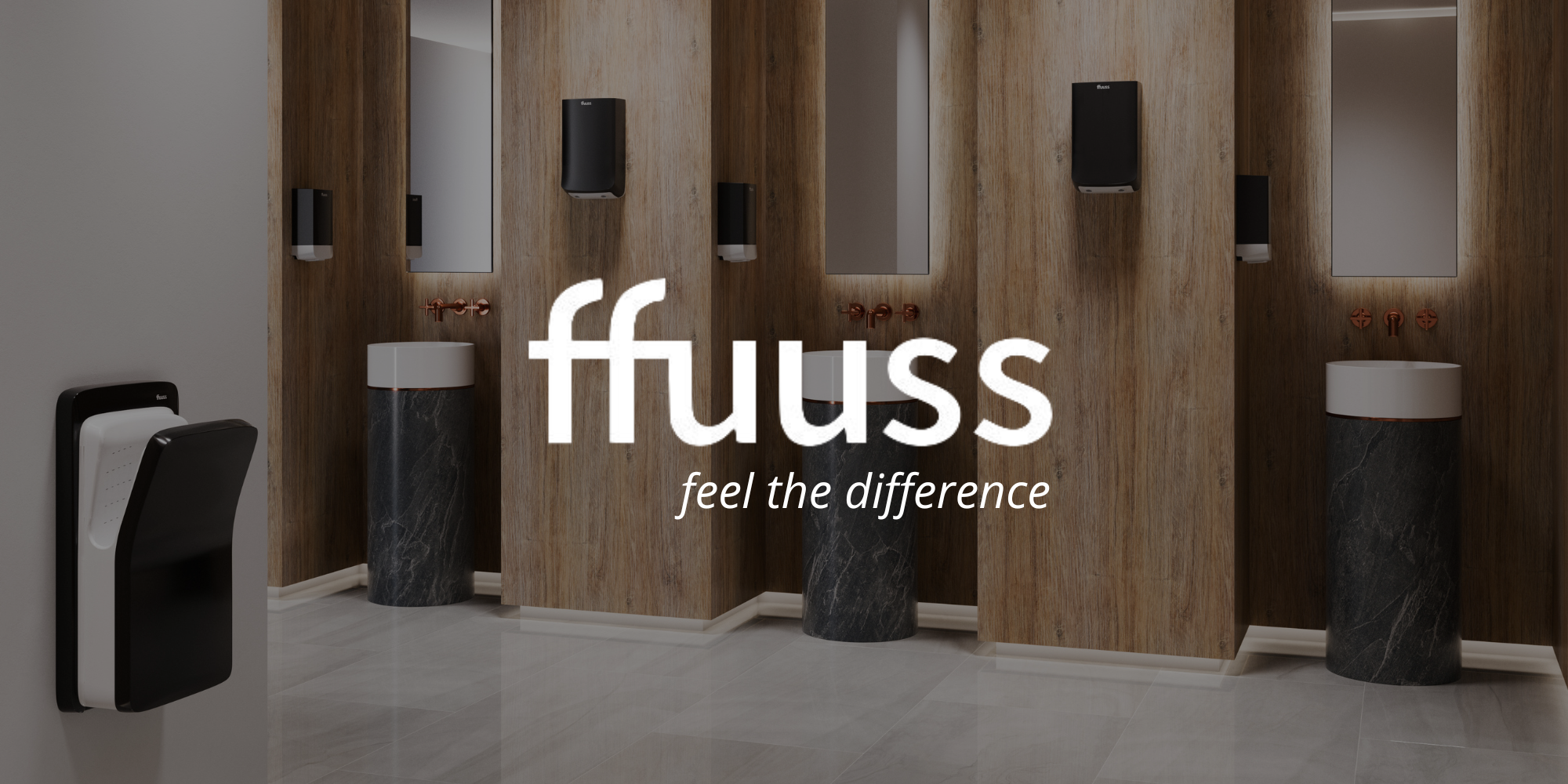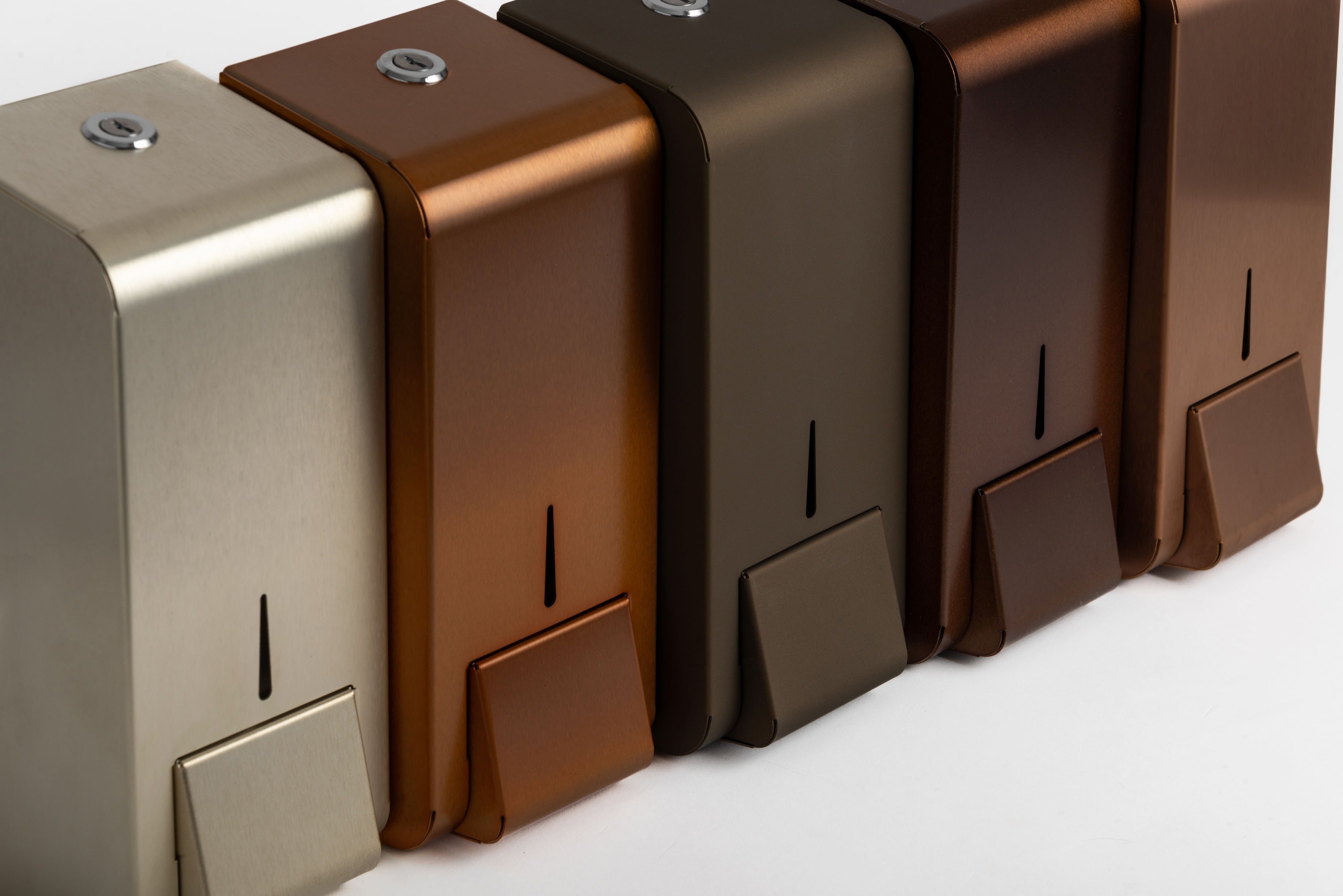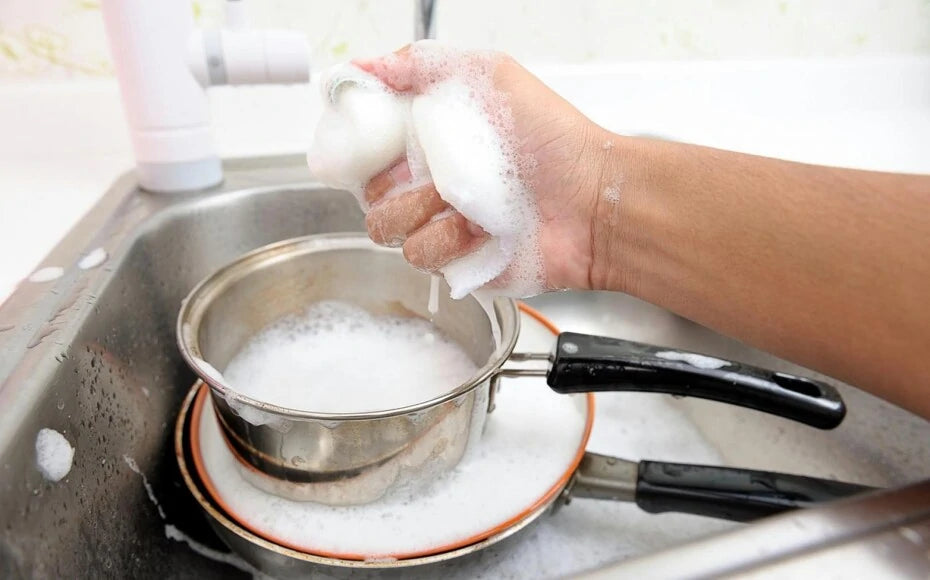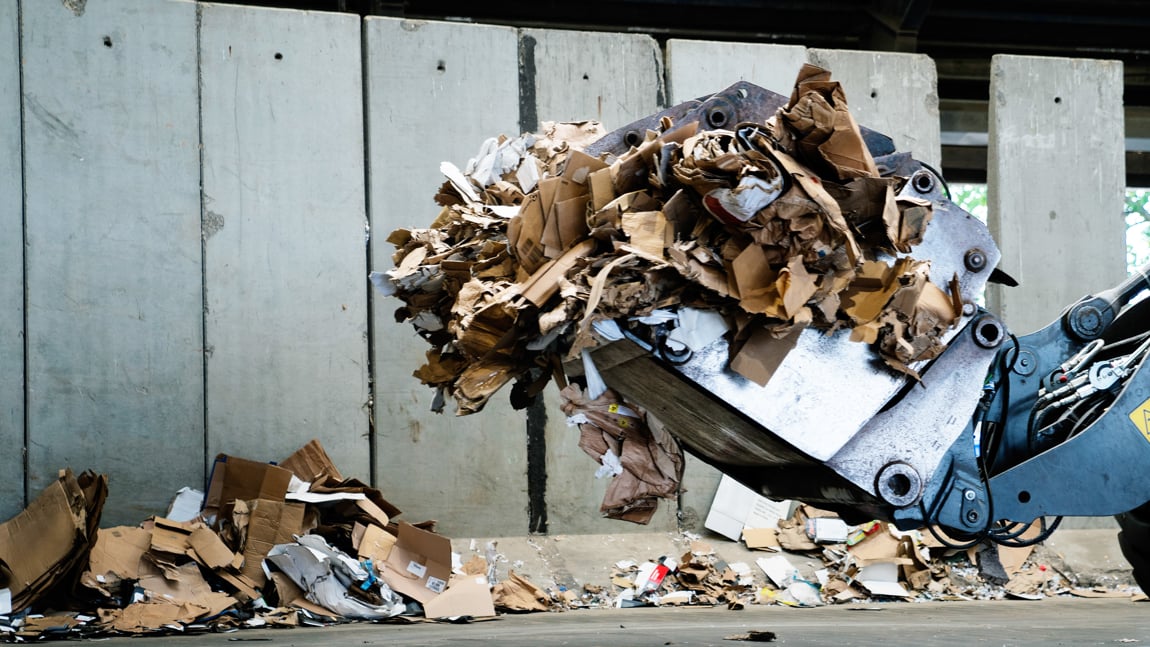Fish cutting companies play a vital role in the food industry by providing fresh and quality fish to consumers. However, in order to maintain high standards in food safety, it is crucial to focus on hygiene and disinfection in the production process. This blog post will explore the importance of good hygiene in fish cutting establishments and introduce ECA water as an effective disinfection method.
Hygiene in fish processing companies
Good hygiene in fish cutting establishments is essential to prevent bacterial growth, contamination and protect consumers from health risks. Fish products are particularly sensitive to microorganisms that thrive in wet and cool environments. Therefore, it is necessary to implement strict hygiene protocols to ensure that fish products remain fresh and safe.
Disinfection and ECA water
Disinfection plays a central role in ensuring that the production environment is free of harmful microorganisms. An innovative approach to disinfection is the use of electrolysis cells to produce electroactive water, also known as ECA water. This water is a powerful disinfectant that effectively eliminates bacteria, viruses and other pathogens.
ECA water creates an oxidation environment that is lethal to microorganisms, but at the same time it has the advantage of being non-toxic and environmentally friendly. It is an effective replacement for traditional chemical disinfectants, and it reduces the risk of chemical residues on fish products. ECA water can be stored for longer periods without losing its disinfection power. This makes it more practical and economical for companies that want to maintain a reliable disinfectant over time.
ECA water can be used in different ways, such as spraying, dipping or adding to cleaning solutions. This flexibility makes it easier to integrate into existing production and cleaning processes. Furthermore, as ECA water is an environmentally friendly and resource-efficient disinfectant, its use can contribute to more sustainable production practices, which is crucial in today's increased focus on sustainability and environmental awareness.
Frequently Asked Questions (FAQ)
Why is disinfection important in fish cutting companies? Disinfection is essential to prevent bacterial growth and contamination, ensuring that fish products remain safe and meet high hygiene standards.
How does ECA water work compared to traditional disinfectants? ECA water is produced by electrolysis of water and salt, which creates a powerful disinfectant without the need for chemical additives. It is more environmentally friendly and leaves no chemical residue on the products.
Is ECA water safe to use in food production? Yes, ECA water is non-toxic and safe to use in food production. It is approved by food safety organizations and reduces the risk of allergic reactions.
How is ECA water implemented in the disinfection process? ECA water can be sprayed, dipped or used as part of the cleaning process. It is easily integrated into existing hygiene protocols.
Good hygiene in fish cutting companies is essential to ensure safe and healthy fish products. Implementation of effective disinfection methods such as ECA water is not only a step towards food safety, but also a step towards a more sustainable and environmentally friendly production. By prioritizing hygiene, fish cutting companies can continue to deliver high-quality products to consumers and help preserve the health of all.
